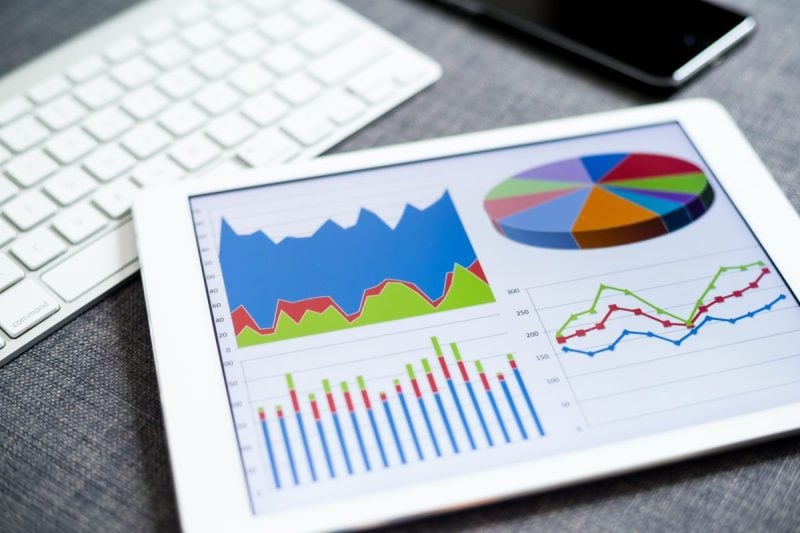The SEO Impact of Bounce Rate – Insights from SEO Design Chicago
- 1 The SEO Impact of Bounce Rate – Insights from SEO Design Chicago
- 1.1 Understanding Bounce Rate – Beyond the Surface
- 1.2 The Multifaceted Nature of Bounce Rate
- 1.3 Google’s Stance on Bounce Rate – Separating Fact from Fiction
- 1.4 The Pogo-Sticking Algorithm – What Really Matters
- 1.5 The Indirect Impact of Bounce Rate on SEO
- 1.6 How We Use Bounce Rate in Our SEO Strategies
- 1.7 Advanced Bounce Rate Analysis at SEO Design Chicago
- 1.8 Our Balanced Approach to Bounce Rate and SEO
At SEO Design Chicago, we’ve seen countless clients fixate on bounce rate as a key metric for SEO success. However, our years of experience in the ever-changing landscape of search engine optimization have taught us that the relationship between bounce rate and SEO is far more complex than many realize. In this comprehensive guide, we’ll share our expert insights on how bounce rate truly impacts your SEO efforts.
Understanding Bounce Rate – Beyond the Surface
First, let’s clarify what bounce rate actually measures. As a leading Chicago-based SEO agency, we often encounter misconceptions about this metric. Bounce rate is the percentage of single-page visits to your site – when a user lands on a page and leaves without further interaction.
A common mistake we see is equating bounce rate with time spent on a page. At SEO Design Chicago, we’ve worked with numerous clients whose valuable, informative pages have high bounce rates simply because users find what they need quickly and leave satisfied. This is why we always emphasize looking beyond the numbers to understand the full context of user behavior.
The Multifaceted Nature of Bounce Rate
Through our work with diverse clients across Chicago and beyond, we’ve learned that a high bounce rate isn’t necessarily a red flag. Several factors can contribute to a high bounce rate without indicating poor quality.
- Page Purpose – Landing pages or quick-information pages often have higher bounce rates by design.
- Content Type – We’ve observed that blogs typically have higher bounce rates (70-90%) compared to service sites (10-30%).
- Traffic Source – In our experience, direct traffic often has lower bounce rates than social media traffic.
- User Intent – If a user finds exactly what they’re looking for quickly, they may leave satisfied – resulting in a bounce.
Google’s Stance on Bounce Rate – Separating Fact from Fiction
At SEO Design Chicago, we stay up-to-date with Google’s official statements and algorithm updates. Despite persistent rumors, Google has repeatedly stated that it doesn’t use Google Analytics bounce rate as a ranking factor.
- Unreliable Quality Indicator – Bounce rates vary widely across industries and don’t account for time on page.
- Data Access Issues – Google already has the information it needs through web crawling.
- Vulnerability to Manipulation – We’ve seen how easily Google Analytics can be manipulated.
- Inconsistent Usage – Not all websites use Google Analytics.
- Privacy Concerns – Using Analytics data for ranking could raise legal issues.
The Pogo-Sticking Algorithm – What Really Matters
In our SEO strategies at SEO Design Chicago, we focus on what Google actually cares about – the pogo-sticking algorithm. This tracks when users quickly return to search results after clicking a link, indicating dissatisfaction.
We help our clients optimize for “long clicks” (when users stay on a page for a long time) rather than worrying about bounce rate. Our goal is to create content that satisfies user intent and keeps them engaged.
The Indirect Impact of Bounce Rate on SEO
While bounce rate doesn’t directly affect rankings, we’ve found it can be a symptom of other SEO issues.
- Slow Loading Speed
- Poor Webpage Design
- Content-Keyword Mismatch
- Inadequate Mobile Optimization
- Low-Quality or Thin Content
- Technical Issues
At SEO Design Chicago, we address these underlying issues to improve both bounce rate and overall SEO performance.
How We Use Bounce Rate in Our SEO Strategies
While we don’t obsess over bounce rate, we do use it as a diagnostic tool.
- We combine it with other metrics for a fuller picture of engagement.
- We segment data by traffic source, device type, and landing page.
- We set realistic benchmarks for different types of content.
- We focus on aligning content with user intent.
- We continuously improve page experience and content quality.
Advanced Bounce Rate Analysis at SEO Design Chicago
Our team employs advanced techniques to gain deeper insights by using conversion rate optimization.
- Custom Bounce Rate Definition – We adjust bounce rate thresholds in Google Analytics to align with each client’s goals.
- Event Tracking – We implement this for important on-page interactions.
- Scroll Depth Analysis – We track how far users scroll to understand engagement beyond page views.
- Heat Mapping – We use this to visualize user interactions.
- A/B Testing – We continuously test different page elements to optimize engagement.
Our Balanced Approach to Bounce Rate and SEO
At SEO Design Chicago, we view bounce rate as part of a larger picture of user engagement and site performance. Our focus is on creating websites that provide value to users and effectively answer their queries.
By maintaining this user-centric focus and using bounce rate as one of many diagnostic tools, we create robust SEO strategies that drive sustainable, long-term success for our clients in Chicago and beyond. As the SEO landscape evolves, we stay at the forefront, always adapting our strategies to serve our clients’ needs and boost their search rankings effectively.




Contact Us today!